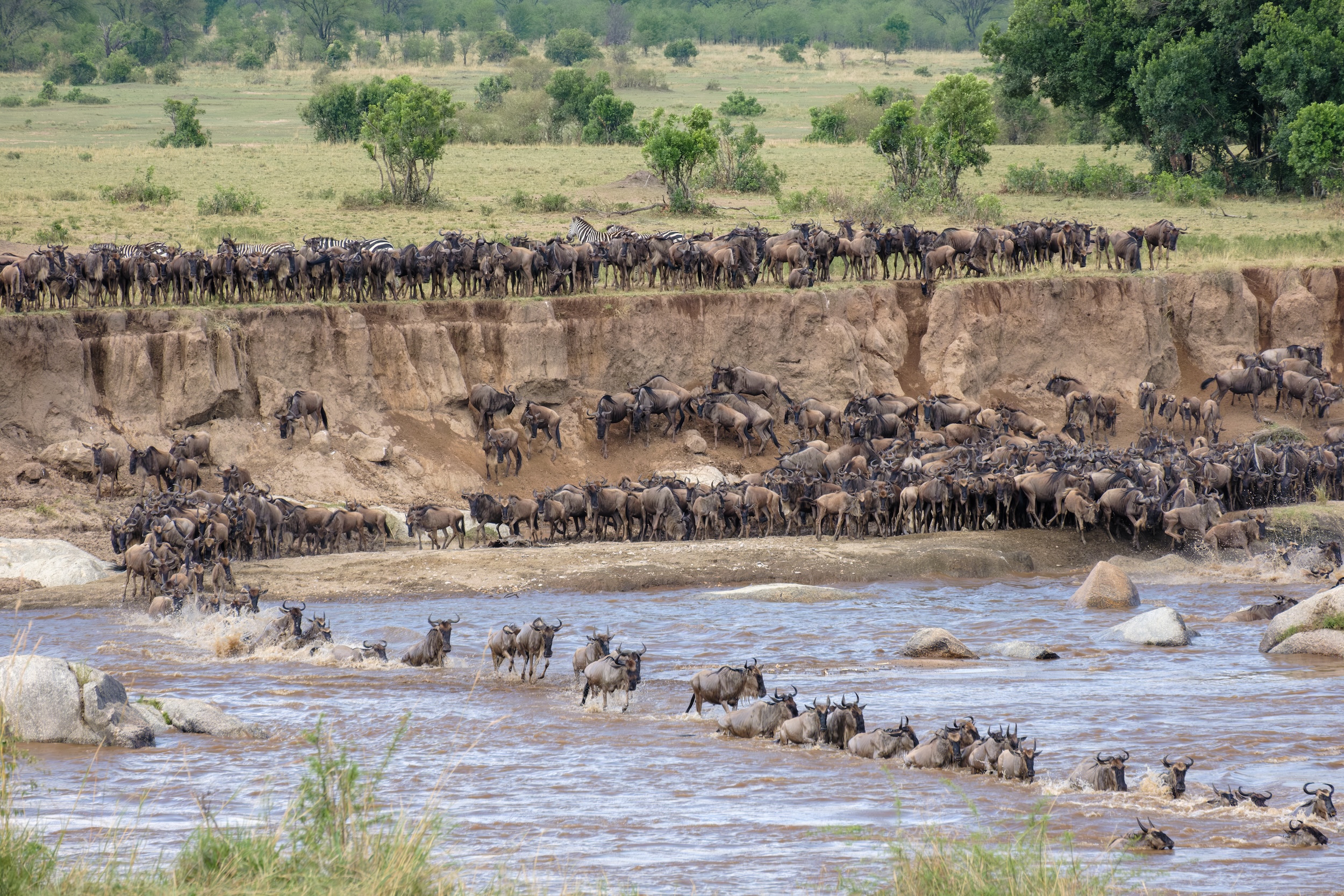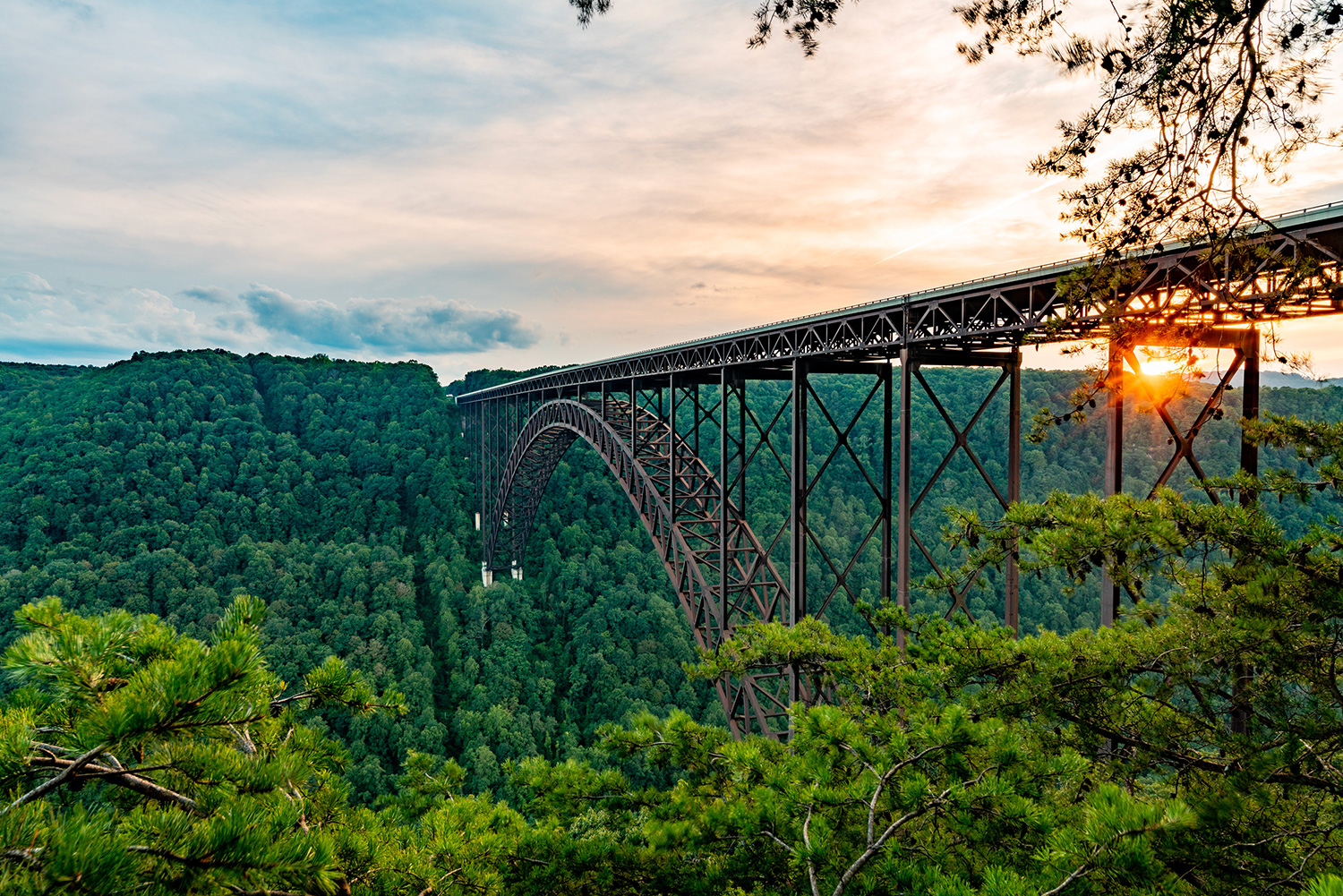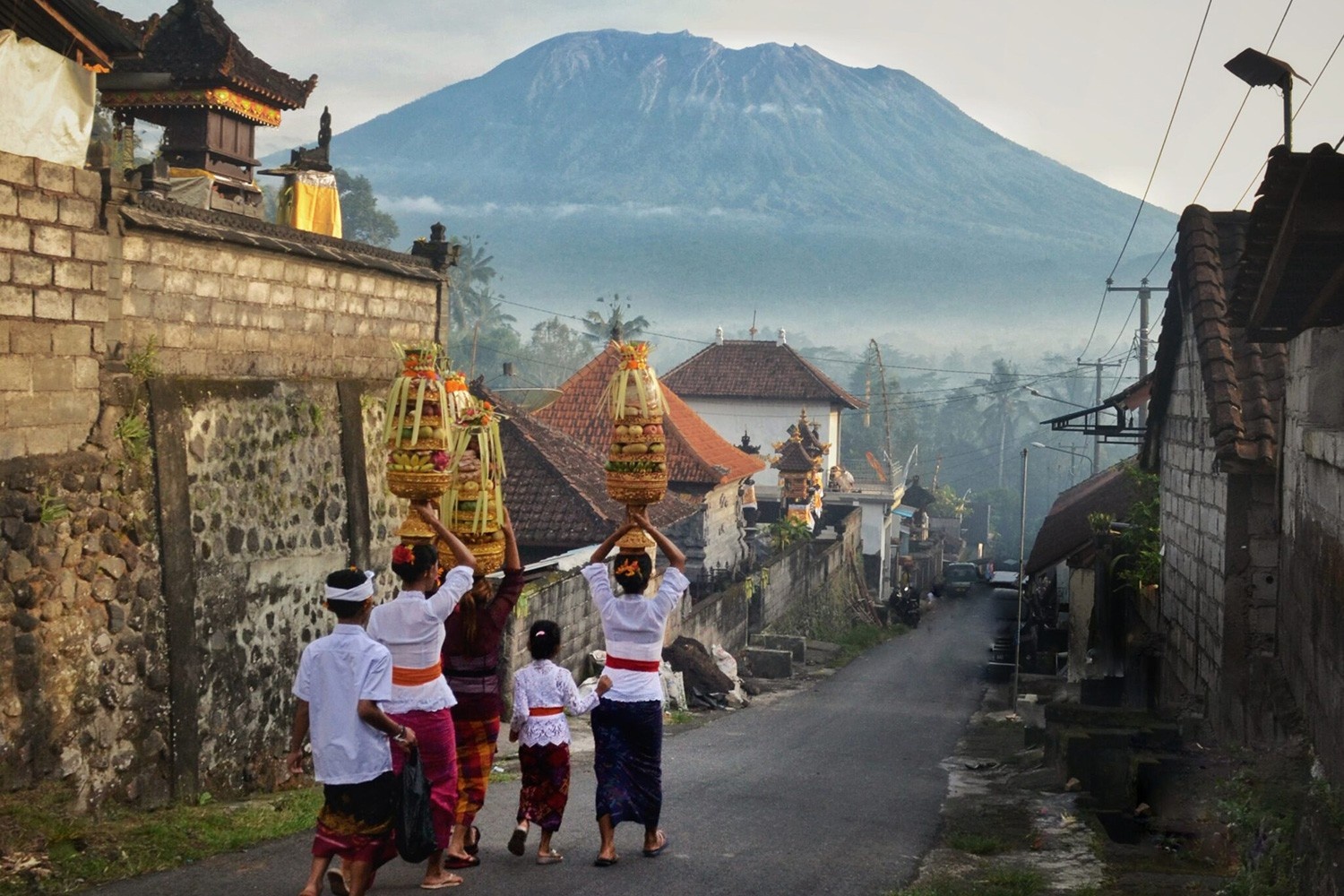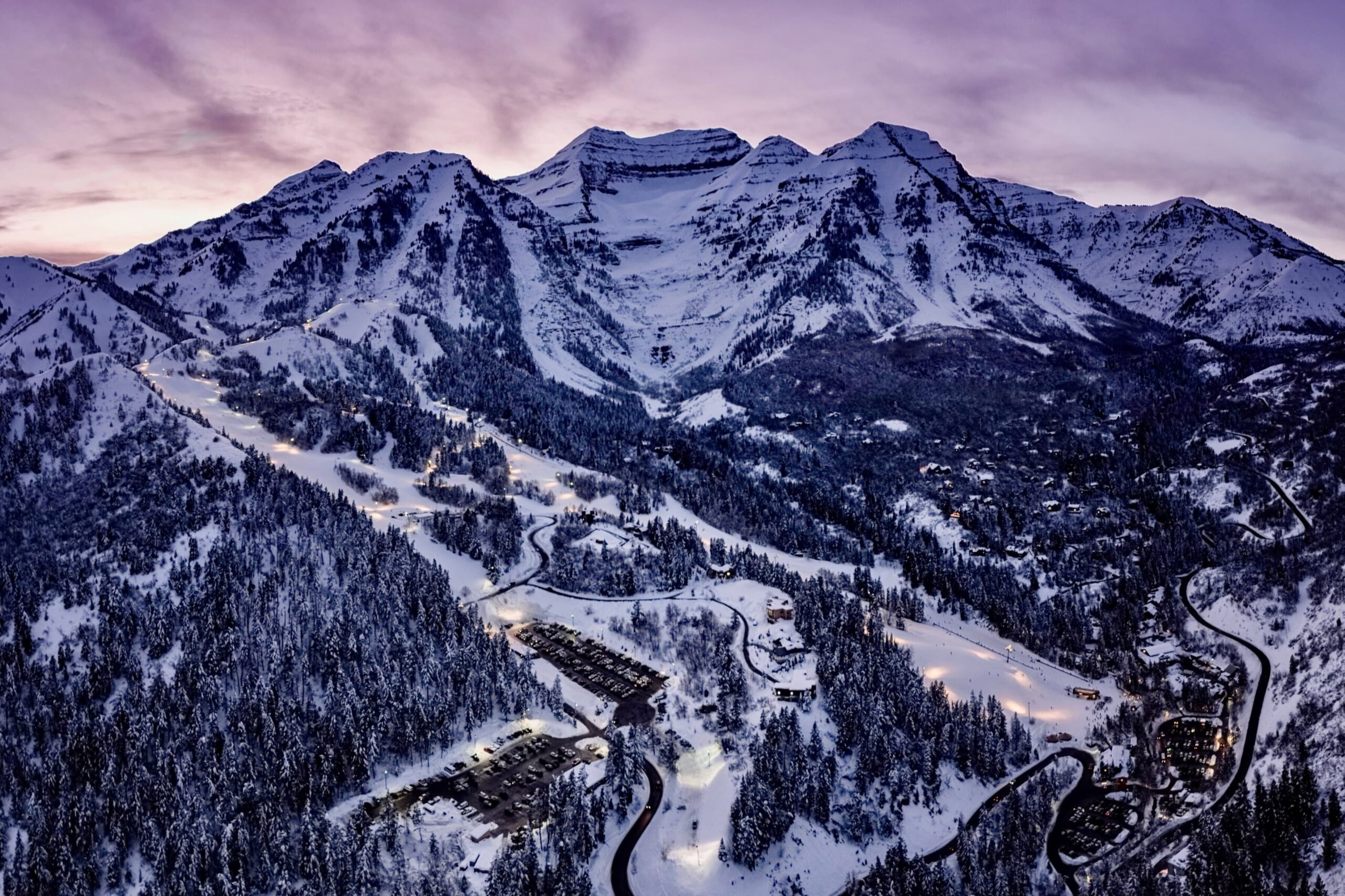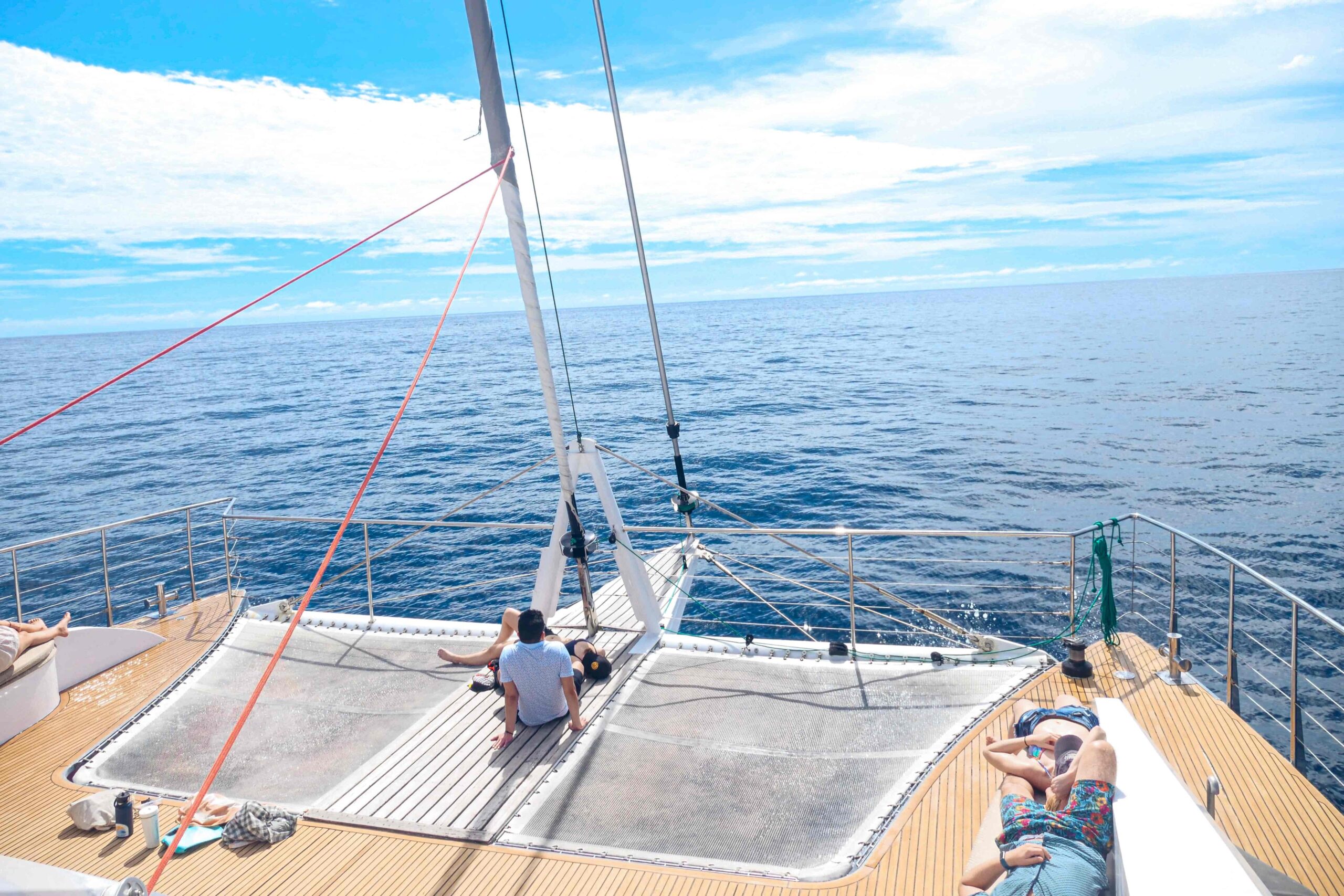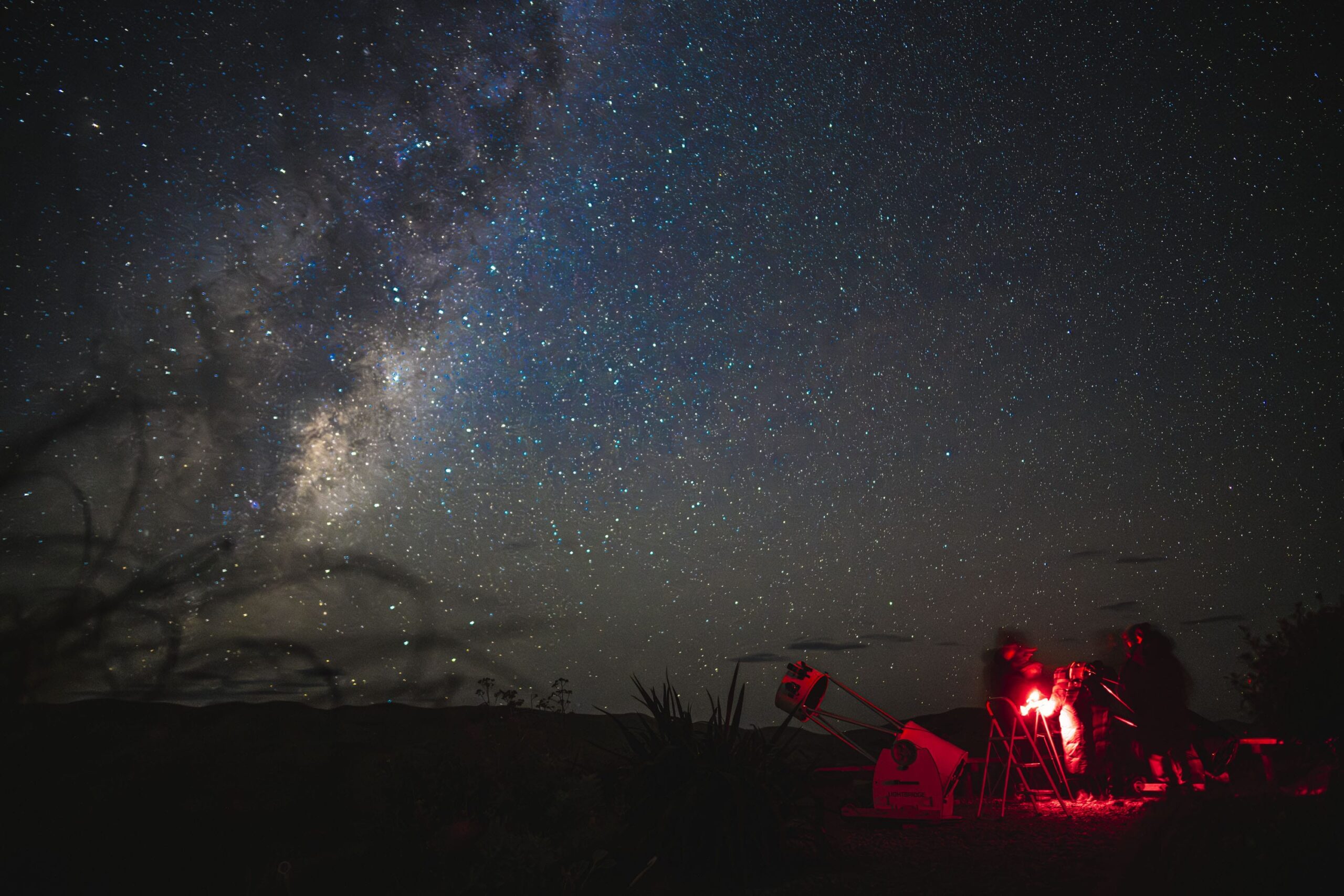NORTH STARS:
Wildlife Ecosystems
Heritage Value
Community Support
“We can ask people to seek ‘responsible’ tourism companies, but it sounds cliché because everyone is claiming ‘sustainability’ these days. How can the everyday traveler know what to look for when presented with such claims?”
Renowned for its biodiversity and awe-inspiring Great Migration, the UNESCO-recognized Serengeti National Park is among the most popular safari destinations in Africa. Locally, it tops the list with ease – of Tanzania’s 22 national parks, the Serengeti consistently attracts the most visitors. The parks authority reported surpassing its 2023-2024 target visitor count by 4.6 percent a whole four months ahead of schedule, crediting the Serengeti with the lion’s share of the more than 1.4 million headcount.
On paper, the 1.5 million hectares comprising the Serengeti sounds vast – and looks it, too, while gazing across plains as far as the eye can see from the back of a safari vehicle. However, every landscape has its limitations. With visitor numbers only expected to increase, overtourism is a growing concern in the iconic park. Approximately 3,176 kilometers (1,974 miles) of roads already wind through the Seregenti, supporting countless lodges and camps and providing thoroughfares for hundreds of vehicles a day. Though regulations are in place to limit off-roading and both Tanzania’s national parks authority and ministry of transport work hard to ensure roads are passable for tourism and conservation work, everything from heavy rains to elephant-felled trees can affect routes.
Vivian Temba owns and operates Kantabile Afrika with her husband, Godwin. They have two semi-permanent camps in the Serengeti, giving them a front-row seat to the side effects of rising visitor numbers in the park’s busiest areas. At Cherero Camp, located near the Musabi Plains just west of the booming Central Serengeti, Temba reports recent frustration with haphazard and disruptive tire tracks left by vehicle traffic from a seasonal camp. In the northern part of the park near the Mara River, Aurari Camp is a portal to the coveted river crossings, where 4x4s are disturbing more than just grass and soil. (For more background on this deepening controversy, check out the ATTA’s overview of the region’s tourism problems.)
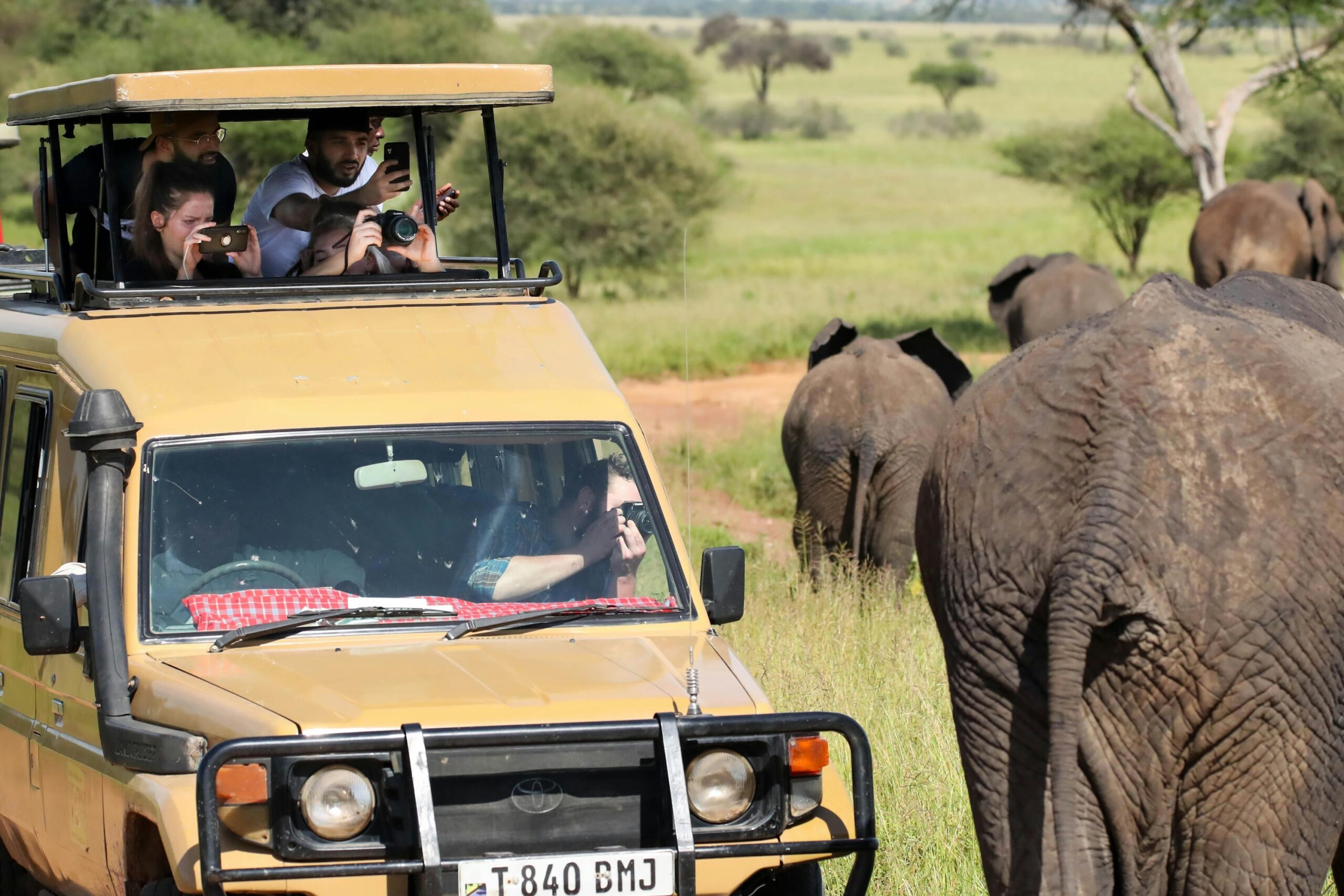
Vehicles in Serengeti pose problems for wildlife
Image by Gerbert Voortman
During the Great Migration, usually between late June and early November, nearly two million wildebeest and accompanying zebras seek a return from the Masai Mara to the Serengeti. Enormous herds gather along the banks of the Mara before taking the dangerous plunge. Witnessing a crossing is exhilarating and emotionally fraught – legs can snap, crocodiles lie in wait, a forceful current can overtake weak swimmers – it’s no mystery why thousands of safari-goers hope their time in the Serengeti overlaps with this spectacle. But when hopes turn to expectations and safari guides feel pressured to deliver a memorable sighting, this so-called wilderness can transform into something more akin to an amusement park.
“Just this week Godwin was telling me about cars rushing to wildebeest herds; even cutting off the migration line so that the wildebeest had to regroup. His clients witnessed the whole thing and it was rather upsetting,” says Temba, who is further troubled by the ethics of inexperienced guides being put behind the wheel to keep up with the Serengeti’s ever-increasing demand. “Many companies just hire new guides without a thorough screening process nor strict operational protocols.”
It’s not just novice guides who are to blame for the jockeying of positions, whether for a view of the Mara or a big cat sighting. Lions, leopards, and cheetahs are often at the top of a visitor’s wish list and it’s not uncommon to see dozens of vehicles lined up when a cat has been spotted. While all guides aim to please their clients by fulfilling requests to see certain animals, some, perhaps motivated by the allure of a nice tip, will toe the line of what’s allowed and race to a sleeping pride of lions or crowd around a tree with a lounging leopard. But wildlife, even in the abundance of the Serengeti, is not meant to be ordered like a midweek pizza.
“Travelers should keep in mind that they’re in a zone where animals can move freely. There are no guaranteed sightings,” says Stanslaus Penko, a safari guide who has been guiding in the Northern Circuit – which includes the Serengeti as well as nearby Ngorongoro Crater and Tarangire National Park – for seven years. “It’s not a bad thing for guests to share their wish lists with their guide, but it’s important not to put too much pressure on them. This can prompt a guide to do whatever it takes to meet guest expectations.”
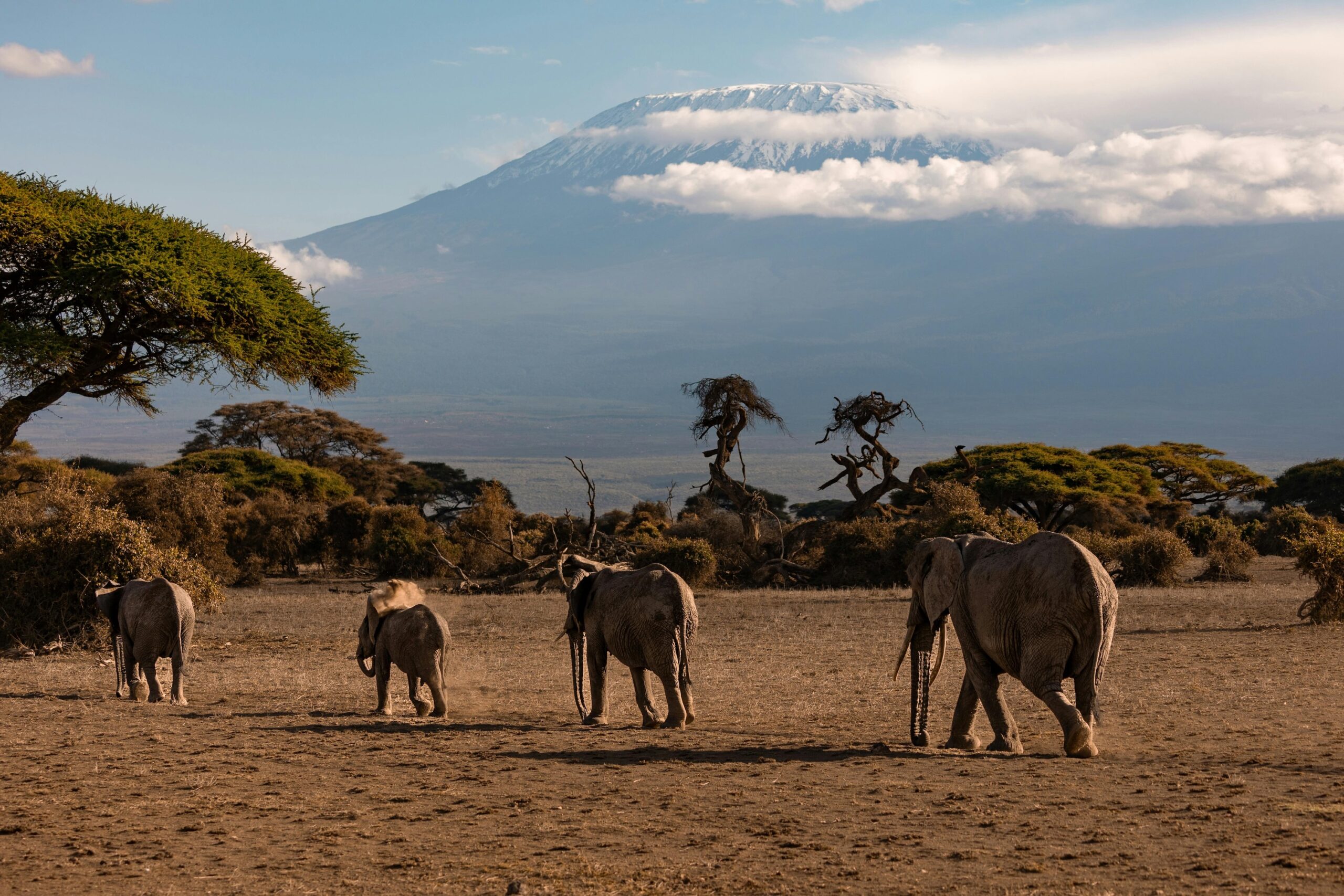
Image by Pexels
Penko, too, is worried about overtourism in the Serengeti and the impact of vehicles on wildlife behavior. “In some areas, cheetahs climb on safari 4x4s instead of mounds or hills – this is weird.”
Since tourism dollars fund livelihoods, conservation efforts, park maintenance, and more, it’s a harsh reality that if the Serengeti didn’t make money, there would be little motivation to protect this land and its delicate ecosystems. Defining overtourism in a national park, however, isn’t as simple as assigning a number and starting a headcount.
“It’s similar to global warming and how a lot of people mention ‘two degrees’. But two degrees is not a magical number. 2.1 is higher than 1.9 and both are bad,” says Søren Faurby, a biologist and senior lecturer at the University of Gothenburg. He says that the best thing we can do for nature, generally speaking, is to give money and stay away. Faurby notes the not-insignificant carbon footprint of flying from around the world to visit destinations like the Serengeti, but acknowledges the value of sustainable tourism. “If there is a ton of money being pumped into a nature area, there is a reason for it. You can see negative consequences, but the biodiversity is still better than if [the park] were just farmland.”
The Serengeti certainly generates revenue, and does so across a broad spectrum of budgets. Accommodations in the park range from wallet-friendly campsites to lavish five-star lodges that cost thousands of dollars per night. Meanwhile, Botswana, a distinguished safari destination with its near-pristine Okavango Delta, has long maintained a high-value, low-volume ecotourism model. Visitor numbers are tempered with limited beds and nightly rates that may be out of reach for some travelers – Botswana does not cater to the budget backpacker – but the strategy has worked well to avoid overcrowding and minimize impact on nature.
“High-value, low-volume is optimal,” says Faurby, adding the caveat that it all depends on how the money is being used. “If money can be put aside for anti-poaching efforts, for example, then more tourism means more money against poaching, and stable populations of large animals can have desirable consequences for the ecosystem.”
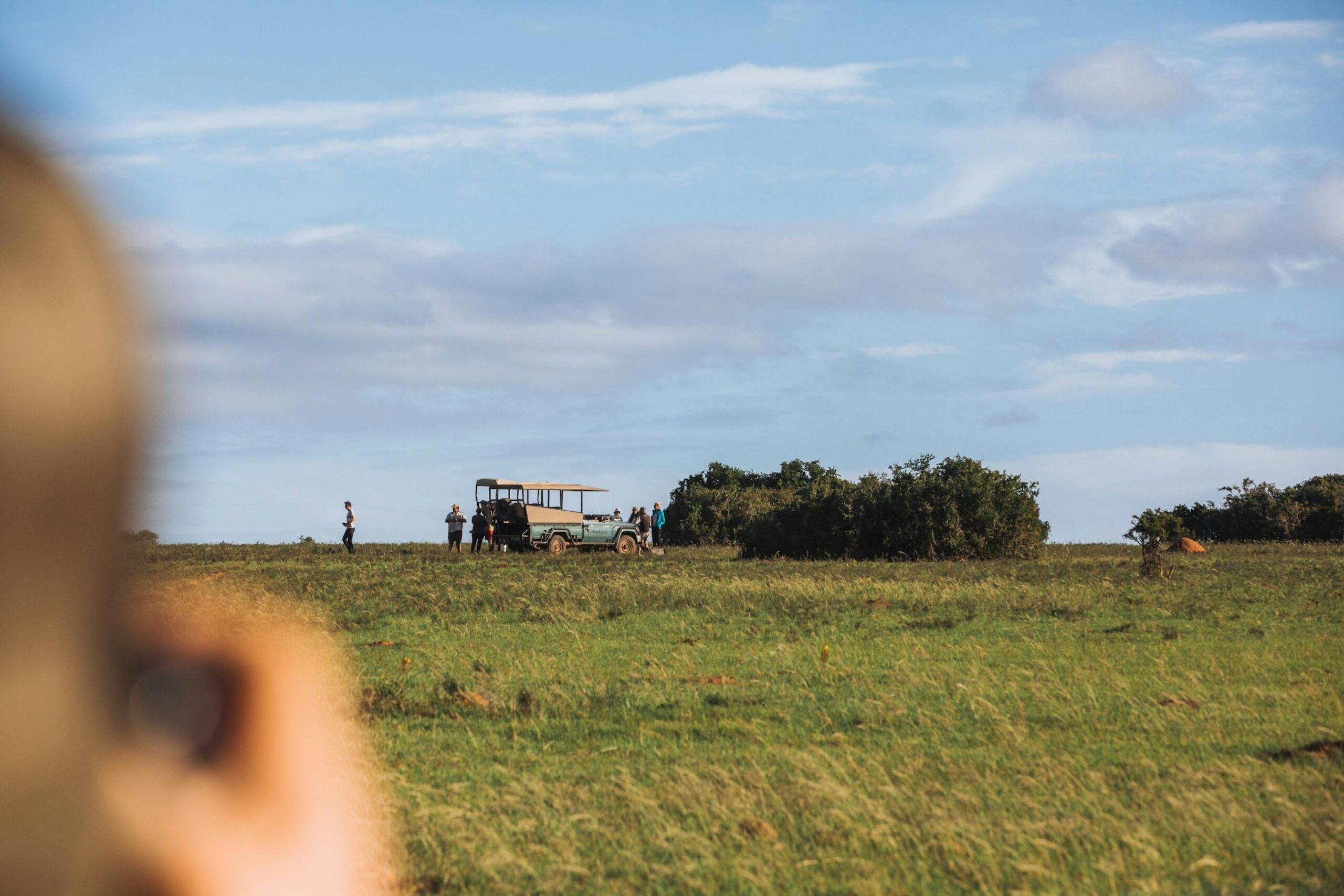
Image by Rachel Claire
No doubt that the Serengeti’s relative affordability contributes to its popularity. Add superb diversity of wildlife and majestic landscapes and it’s not hard to see why the crowds keep coming. Travelers who wish to visit mindfully have options aplenty throughout the park, but it can be difficult to read between the buzzwords.
“We can ask people to seek ‘responsible’ tourism companies, but it sounds cliché because everyone is claiming ‘sustainability’ these days,” says Temba. “How can the everyday traveler know what to look for when presented with such claims?”
She shares the example that, despite being luxury properties recognized by Regenerative Travel for commitments to the environment and the empowerment of Tanzanian communities, the fact that neither Cherero Camp nor Aurari Camp have swimming pools or bathtubs is viewed as a deterrent for would-be guests who don’t understand that water is a scarce resource in the Serengeti. Temba encourages travelers to think about what responsible tourism really means – to look beyond the plunge pools and resist the temptation to open wallets without considering scope.
“Responsible tourism is more than just choosing which charities to donate to,” she says. “Funds should be spent in a way that encourages more people for the long-term – to truly mobilize people and stimulate the economy means those efforts will be sustainable.”
In other words, choosing local tour operators and accommodation providers over those backed by international corporations is a great place to start. Researching initiatives and speaking with people on the ground to understand local wants and needs has more power to enact positive change than simply rounding up the total due at check-out for the sake of making a feel-good donation.
And while on safari, remember that the splendors of the Serengeti go far beyond lions and river crossings. Instead of hyperfocusing on particular species, Penko encourages travelers to allow nature to unfold around them. “I always try my best to help guests appreciate everything they see,” he says. “Safari isn’t just about Big Five animals. The details – the landscapes, the plants and insects, the animal tracks and dung — also matter.”

Summer Rylander is a freelance travel and science journalist covering positive-impact tourism and the conservation of our biodiverse planet. Follow Summer on IG @summeroutside.


